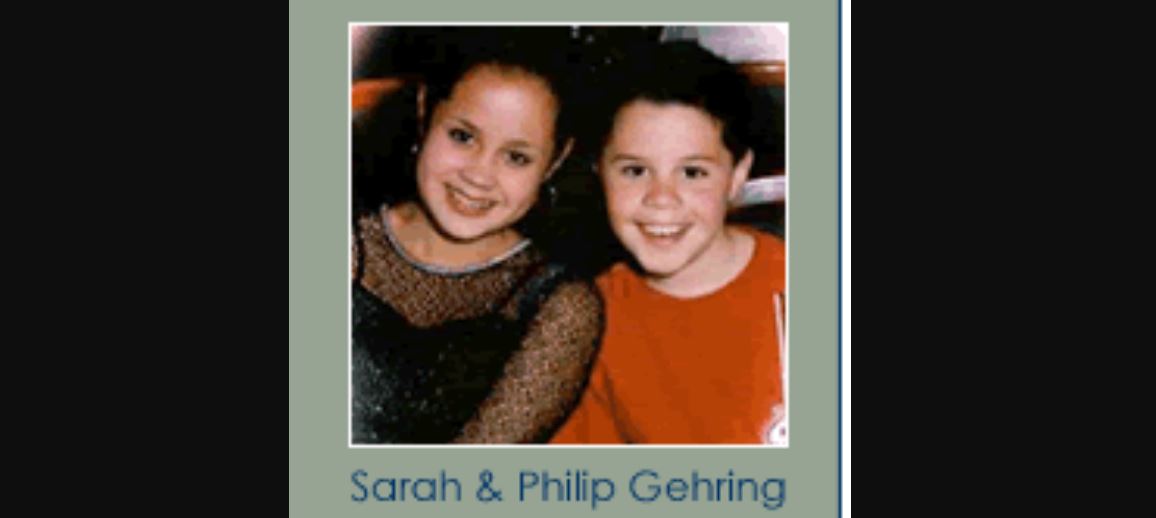Investigation Discovery reviews a case that is so utterly heartbreaking, even words fail to describe its impact. In ‘Evil Lives Here: I Don’t Believe in Forgiveness,’ a horrifying crime where the father killed his own children is discussed. What makes it even sadder is that it would take more than two years for their bodies to be discovered. In this article, we discuss the motivations behind Manuel Gehring’s actions.
Did Manuel Gehring Kill His Children?
To understand why Gehring would do something so appalling, let us discuss his background first. He was born in Nicaragua to a single mother, who then put him up for adoption. He came to the States when a U.S. State Department worker, who was stationed there, adopted him. Gehring met his future wife, Teri Knight, in 1979 while the two attended boarding school in Vermont. The couple got hitched in 1985 but got divorced in the year 2001. They had two children— Sarah, who was 14 at the time of her demise, and Philip, who was merely 11.

Although Gehring was a certified account, he had trouble retaining a job for more than a year or two. Teri attributed this to his distrust in the management of the company. She also said that he often accused others of discrimination. On the home front, he was not an involved father either. He would forget their birthdays and often picked them up late. Once, he even misspelled Sarah’s name on a card. Yet, he believed that he wasn’t all that bad. During the custody battle, he even wrote to the counselor saying, “I may not be a saint but I’m still a good parent.”
In fact, this seemed to be a common theme during the couple’s custody battle after their divorce. Gehring would always portray his ex-wife, who had moved on with a new man and was expecting twins at the time, as an uninvolved parent. However, Knight told authorities that her ex-husband was controlling, and also emotionally and physically abusive. She had also rescinded a case against him for hitting her when she was pregnant with Philip in 1991.
Sarah’s boyfriend’s father, who was a school administrator, also said, “I deal with parents every single day, and I think that the professional term for this gentlemen would be cracker head.” Gehring also wrote his daughter a two-page note in an attempt to accost her for leaving the kitchen dirty after making a sandwich. Her boyfriend also said that Sarah and her father argued often and that Gehring even hit her once when she was sick because she apparently made too much noise.
This brings us to the motive behind Gehring’s crime— the absence of full custody. Although he had the children slightly more than his ex-wife as per the latest hearing, he still described the situation as a “downward spiral” for the kids. Gehring was also smitten by pornography on the internet and chat rooms. One woman who met him online in 2001 also stated that he was obsessed with not having full custody over his children.
Gehring was 44 years old at the time of the crime and killed them after the 4th of July fireworks in 2003. He pulled off the highway in New Hampshire and shot Sarah thrice in the head. Philip had been shot four times— in both his arms, his neck, and also his head. He then put the bodies of his deceased children in his car, buckled them up, and drove across the country, to the Midwest, to bury them. Although Gehring did not remember the exact location, he did remember some details. One was that he had dug an L-shaped grave for his daughter as her body stiffened up during the car ride. He also told authorities that there was a yellow building next to a highway, an old water pump with a green lever, bell-shaped concrete sewer connectors, and a six-foot fence made of wires.
However, the clues were very vague and before more concrete information could be extracted, Gehring killed himself when he was in prison awaiting trial. Investigators spent days looking for the bodies along Interstate 80 at many spots, but to no avail. Barbara Keshen, a defense attorney, also stated that the perpetrator suffered from depression which went undiagnosed for a long time. She said, “That illness distorted his judgment and led him to unimaginable acts, including likely taking the lives of his children and his own life.”
Teri Knight also left no stone unturned in trying to find the location of their bodies but, unfortunately, she was unsuccessful. In 2005, the shallow graves were eventually discovered by a woman named Stephanie Dietrich and her dog Ricco in Hudson, Ohio. The bodies were wrapped in plastic and also had a duct-taped cross on the chest, just as Gehring had testified. Dental records were used to confirm their identities. Knight said, “It’s just been this unbelievable burden not having them found, and so that does feel like somewhat of a relief. It’s tough, but it’s better than not knowing where they are.”
Read More: Where is Teri Knight Now?

You must be logged in to post a comment.